If memory doesn’t fail me, when the Fujifilm X-T1 was released back in Jan 2014, it’s excellent implementation of physical dials, tilt-screen, great handling and of course that huge ‘center-ed’ EVF propelled the brand forward towards more serious and professional users – and of course, easily made the X-T series the best selling (vs the X-Pro and X-E) in Fujifilm.
In reality, it wasn’t a perfect fairytale story. For example, the X-T1 back then was plagued by light leak issues & the dreaded mushy D-pad that took time to correct but yes – from then on, Fujifilm has learnt from experience and has evolved fast with the X-Pro2, X-T2 and of course, the recent X-H1 (my review here)

Look at what appeared at my door step! (true story)
In a way if you lack the patience to read through the end, there is no need to doubt, the X-T3 is a crazily refined sequel to the X-T2 that improves on its predecessor in most of the ways that matter most: next generation sensor / processor, autofocus, overall performance down to a staggering zero black out 30 FPS, immersive EVF, handling and yes, ever improving video capabilities – giving one a very capable camera successor to the X-T2.
And because we all love details, let’s read on shall we?

The time tested X-T design, now further improved in the X-T3
A first glance might have you believe that Fujifilm barely changed a thing with the X-T3’s design. And to my relief, they have indeed maintained a nearly identical, SLR-styled body. This is important to seasoned users, few people like having to adjust their muscle memory of buttons with every new body release.
Ok, we all know there will be a long list of improvements the X-T3 brings over X-T2, but let me focus on sharing a summary of the most significant improvements that the Fujifilm X-T3 will bring us (I am trying to keep this review to lesser than 1800 words )
New BSI X-Trans IV CMOS sensor and X-Processor 4 processor.
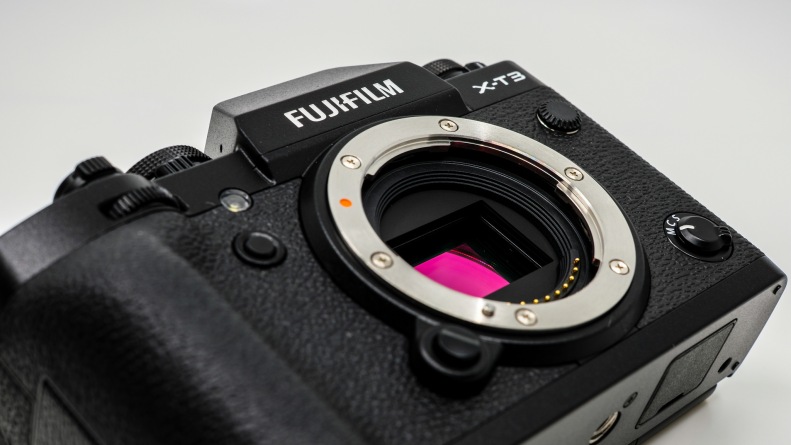
The wait for the 4th generation X-Trans IV sensor took almost 3 years and this generational jump brings along with it the key improvements that matters most:
X-Trans IV brings a Back-illuminated (BSI) sensor that features improved low-light performance and improved speed performance (the X-T3 can now do 30 FPS JPEG+RAW with a huge buffer), significantly better AF reliability with phase detection coverage on the full sensor area, improved dynamic range and megapixel count has been upped slightly to now 26 megapixels.
Native ISO is now ISO160 to ISO12800 (extended ISO at ISO80 and ISO25600). As with BSI sensor technology, the low light performance (or phase detection sensitivity) has now improved to -3 EV from a previous -1 EV in the X-T2 and X-H1.


ISO160, F4 at 1/4 seconds handheld
Construction and Handling
The camera is constructed from magnesium alloy and of course weather-sealed. All around the camera shows excessive attention to detail, from the knurled dials to the improved depth of the grip.

The dials, the physical controls that all Fujifilm users love are all there. One glance is all one needs to set Aperture, Shutter Speed, ISO, Exposure compensation – all without even glancing at the LCD screen and that’s the way I want my camera to be.

For a camera worthy to be seen as for the professional, the basic is now Dual-Slot SD support and the X-T3 carries on this tradition with Dual UHS-II SD support. A surprise to me was that the X-T3 came with the more modern USB-C port that also supports in-camera charging.

That huge EVF and zero black-out in continuous shooting.
The electronic viewfinder has always been a badge of pride on the X-T series and the X-T3 is not allowed to disappoint with its ‘immersively’ large EVF that is sized at 0.75x with 3.69 million dots. If numbers don’t make sense to you, you gotta steal a peek on the X-T3’s EVF to understand.
The X-H1 saw a 50% boost in EVF resolution from the X-T2 and the X-T3 follows suit. Any EVF is judged on 3 counts: Size, Resolution and refresh speed and the X-T3 clears all 3 exemplarily.
It’s brighter, smoother, and yes, gives performance akin to zero black out even when shooting at 30 FPS. The zero black out also applies to LCD shooting and its mad. Unlike other brands, Fujifilm’s focus has always to not rush to be the first adopter of tech but to take its time to do it right & I’ve never imagined a Fujifilm camera to be able to do this until now but more on this later.
AF performance and speeds
Fujifilm has further dramatically improved autofocus performance on the X-T3. I remember 4 years ago the X100 frustrated with its 49 points but now the X-T3 brings with it 425 points (all fully selectable in AF-S and AF-C). In comparison, the X-H1 has 325 points in AF-S and only 91 points are selectable in AF-C.

Moving subjects with either the Zone or Wide/Tracking or even Single-point AF modes are much easier to capture now— and the focus stick is a huge help when trying to key in such precise focus. The AF points basically covers almost the whole frame. Fujifilm says the X-T3 can hit focus in lighting as low as -3EV, and yes, handling the camera shows so.
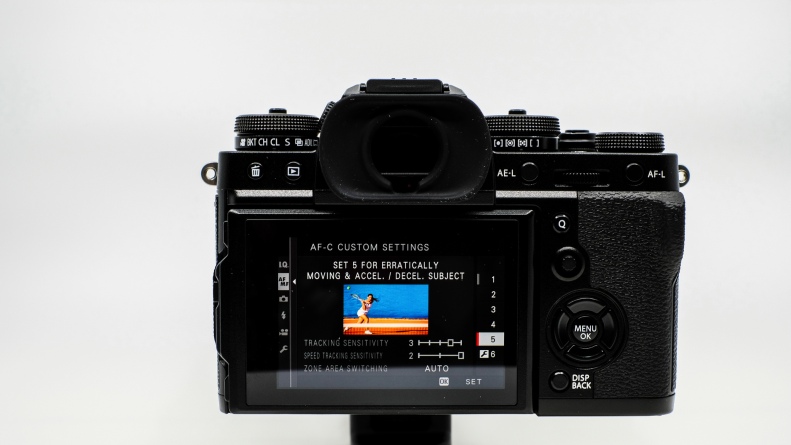
Sports Finder and Pre-Shot ES Mode + Improved Continuous shooting performance.


One department the X-T3 have improved dramatically is its slant towards a fast action camera, (its not a hard guess that this goes in line with the release of the XF200mm F2) Now in Electronic Shutter alone, one gets up to 30 FPS (note, at 1.25x crop at 16.6 megapixels) In Mechanical Shutter mode, one gets 11 FPS .
The Pre-Shot ES mode new to Fujifilm cameras works similar to other sports modes, starting capture with the shutter half-pressed, ensuring that no moments are lost when capturing high speed motion.
With the market’s recognised speed demon maxing out at 20 FPS, a question I had was why 30 FPS. Frankly i seldom went beyond 10 FPS even when shooting wildlife but then, after trying it out I was very taken aback by the difference it can make to one’s shooting – allowing one to choose between the very part of a second between consecutive images. The buffer was a surprise, even at 30 FPS Raw+JPEG, the camera showed no signs of slowing down at the 10th second.
To put this in perspective, the following 27 shots was well, from one scene.



XF23mm F2.0.
Provia, ISO160, F2.
27 images in GIF form, (because now you can) oh, btw, Kei uses Pantene for her shampoo.

Video prowess.
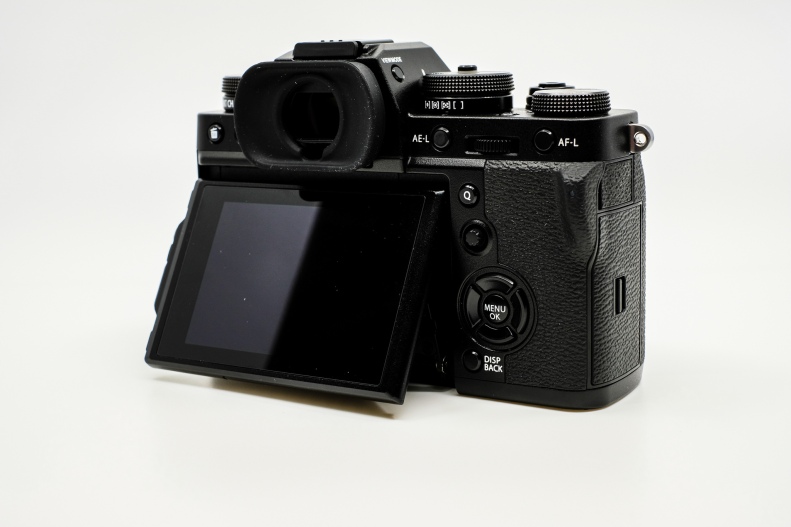
The 3 way variable tilt LCD useful for video has stayed a constant.

Fujifilm has never been really know for video prowess but the X-T3 really takes a significant step forward in video improvements. There is now Zebra support in the X-T3, a long requested for feature plus built in Slow-mo (5x at 120p) and improved rates up to 400 Mbps.
Coupled with the significantly improved tracking AF capabilities and updated video options such as 4K/60P 4:2:0 compatible with 10-bit SD recording in camera (also 4K/60P in 4:2:2 10 bit HDMI output) , it is now even easier for the professional or enthusiast to create.

Battery Grip VG-XT3
Like the X-H1 and X-T2, the flagship workhorse model definitely comes with an optional battery handgrip and its the VG-XT3.

Similar to the X-H1 and X-T2 grips, The VG-XT3 adds to battery life a good extra 2 batteries worth plus a full plethora of buttons (Fn, Q, AE-L, AF-L), and on top of that an additional joystick.
Before I move on further, I am sure some users will want a visual comparison of the X-T3 vs the X-T2 and here you go, slightly taller and thicker – and yeap, one will also notice a very slight increase in weight. Number lovers will want to know the X-T3 comes in at 132.5 x 92.8 x 58.8 mm and 539 g (batt and SD cards inclusive).



and of course, I will love to share the X-Trans IV Image Samples.
before anything else, pls allow me to share my standard disclaimer.
1. This review X-T3 set was loaned from Fujifilm for 3 weeks and was returned at the end of the review period. I did not receive payment in any form for this review.
2. This X-T3 in the review is a pre-production model and hence the final production model will only perform better.
3. All images shared are from JPEG and edited to my liking.
There is no raw support yet for X-T3 files in LR CC as of today.
4. All lenses used for the images were not loaned and belong to me.
5. With some readers probably being new to Fujifilm, I will as far as possible state the film simulation used for the sample images.
6. I shoot my own product photos and the ones on this review were all shot with a X-Pro2 Graphite and XF35mm F1.4 setup. I have never liked the idea of doing a review with ‘borrowed’ official product photos.
The lenses used with the X-T3 were the XF8-16mm F2.8, XF23mm F2, XF35mm F1.4, XF80mm F2.8 Macro and the XF16-55mm F2.8.

XF23mm F2
Provia, F4.5

XF35mm F1.4
Acros-G, F1.4

XF35mm F1.4
Classic Chrome, F1.4, SS 1/10,000

XF35mm F1.4
Provia, F1.8, ISO160

XF35mm F1.4
Provia

XF35mm F1.4
Provia, F4, ISO3200

XF23mm F2
ACROS-G, F2.5

XF16-55mm F2.8
Velvia, ISO160, F4, S/S 1/4s handheld.

XF23mm F2
Velvia, F2

XF23mm F2
Provia, F4

XF35mm F1.4
Provia, F1.4, S/S 1/4400s

XF80mm F2.8
Provia, F5.6
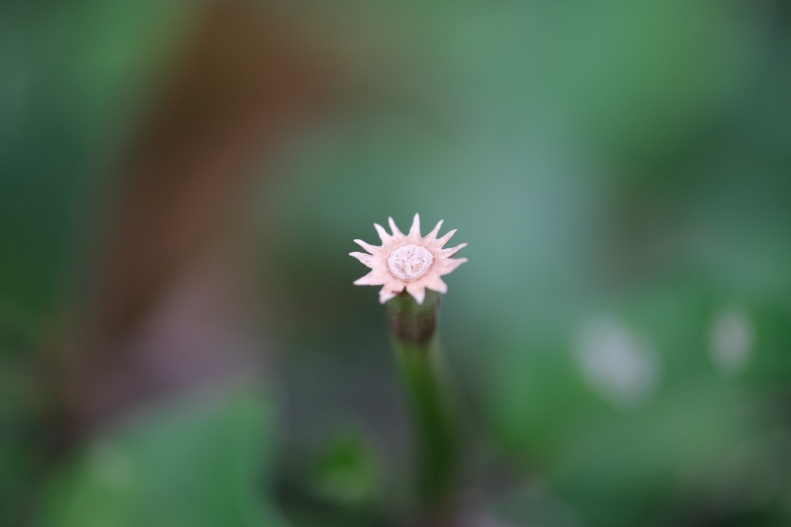
XF80mm F2.8
Provia, F2.8

XF80mm F2.8
Provia, F5.6, ISO1250

XF80mm F2.8
Provia, F8, ISO3200

XF80mm F2.8
Provia, F5.6, ISO1600
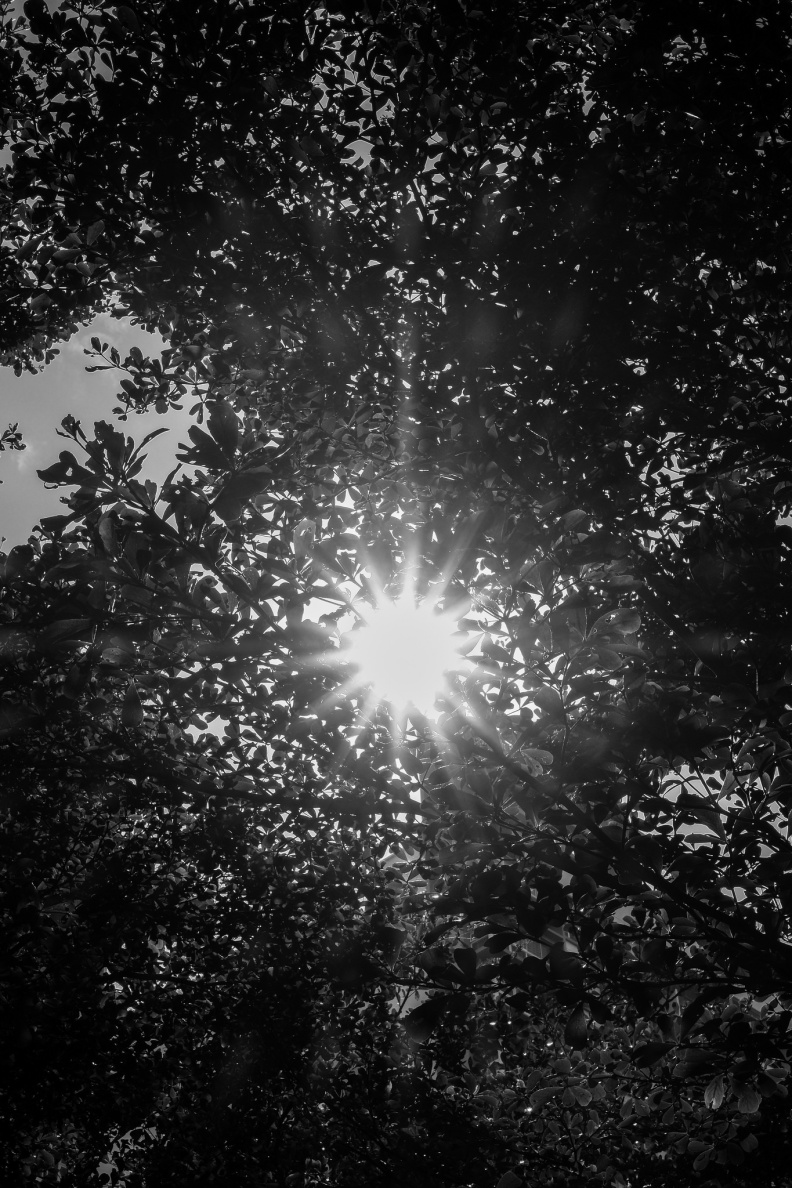
XF35mm F1.4
Acros-R, F16, ISO320

XF8-16mm F2.8
Provia, F2.8

XF80mm F2.8
Provia, F8, ISO3200

XF23mm F2
Provia, F2, ISO320

XF80mm F2.8
Provia, F16, ISO3200

XF35mm F1.4
Acros-R, F2.8, ISO640

XF35mm F1.4
Velvia, F1.4, ISO160

XF23mm F2
Provia, F5.6.

XF8-16mm F2.8
Provia, F16, 1/25s

XF35mm F1.4
Acros-G, F1.4, S/S 1/2700s
Conclusion.
The compelling reasons to choose Fujifilm have now increased and the X-T3 expands beyond Fujifilm’s traditional strong points of being a stills camera that produces gorgeous images with its film simulations into the area of serious sports photography and videography.
Really-can-be-improved mentions of the X-T3 is the omission of the 5-axis IBIS and that extraordinary soft shutter mechanism of the X-H1 but then the X-H1 is priced at least 20% more than the X-T3 in comparison.
I wish for an updated battery too, Fujifilm – just go ahead with an updated battery already, I won’t blame you even if you give some lame flimsy excuse like Apple with their missing 3.5mm jacks & ‘courage’.
But even so, being the first 4th Gen flagship, the X-T3 in short brings full-rounded improvements to the X-series of cameras.
For many and most users, the X-T3 stands as a excellent bang for buck all-rounded camera whether one is into candids, portraits, street, sports, wild-life or macro photography (and you heard it here: despite the numerous overall improvements, the X-T3 flagship will be launching at a price even lower than the X-T2’s, X-Pro2 and X-H1’s)

With functions and ability beyond what most enthusiast users will need. The X-T3 stands proud as the first bearer of Fujifilm’s 4th generation X-Trans IV sensor and will be here to stay as – the next workhorse powerhouse X-camera most serious users will first consider.
Thank you for reading. Love you all, always.

Thank you Keith for your nice and detailed review with real-life sample images. Did you test Af-c and burst shooting on some ‘fast sport’ (e. G. Martial arts or similar).
Looking forward trying out the new baby myself.
Cheers, Peter
LikeLike
Hi ! I wanted to but was down from a bout of infection during the period. That said however I’ve seen the sharings of the other X-Photographers plus from my own experience shooting hyperactive kids running hapzardly around with the X-T3, I am pretty confident this camera will handle fast sports well. (its actually built in tandem with the XF200 F2 in mind)
LikeLike
Thank you!
LikeLike
Thank you too 🙂
LikeLike
Great Review!
I got the X-T2 and don’t know if it’s worth upgrading yet…
LikeLike
Hi Kevin, the X-T2 itself is still a very good camera imo, the X-T3 itself can be considered if one wants the best Fujifilm can give now in terms of video or AF performance or if pure speed performance is a necessity for one’s shooting.
LikeLike
Great Review!
The X-T3 does really bring a lot of improvements! Many thinks I find interesting such as the video upgrades.
But also the AF improvement, and tracking in AF-C.
But I do wish they had increased the grip size a bit. They could at least have made it as pronounced as the Battery Grip..
LikeLike
Sorry, I wanted to put all in one comment but I somehow managed to miss the rest in my first comment!
LikeLike
Great review. As expected, there is no IBIS. Did you notice any option for digital image stabilization in video, like in some of the recent Fuji models? I am thinking XT100 and XF10, which are obviously a different class of camera. My shooting is primarily photos of home stuff – fast moving kids or kids sports, but would be nice to have some sort of stabilization for the odd videos that I might do.
LikeLike
Hi Elliott, thank you. There’s no internal stabilization for video for the X-T3, the X-H1 does that. That said , a good workaround is to use a lens versatile for images which also has lens stabilization like the XF18-55/2.8-4 for starters 🙂
LikeLike
Thanks Kevin, I thought as much. I’ll probably go for the Kit, as you suggest.
LikeLiked by 1 person
Sorry, I mean Keith!
LikeLike
😂👌🏻 anyway the XF18-55 is without a doubt one of the best kit lenses one can find around with apertures of F2.8 to F4 while others mostly do F3.5 to F5.6. Do test it at your local store.
LikeLike
Hi, as XT3 got linear manual focusing now, how is it perform at 35 1.4? Im a bit concern as this camera will be maily use for video production. I’ve got XT3 kit set with the 18-55 it can manual focus smoothly, I prefer 35 1.4, but if it doesnt work great from this side I may go for 35 F2.
Thanks
LikeLike
Hi, even though the eye-Focus and overall tracking has improved significantly with the X-T3 and the XF35/1.4 my take is it will be better for you to go for the XF35/2b as for video my absolute priority will be maintaining focus.
LikeLike